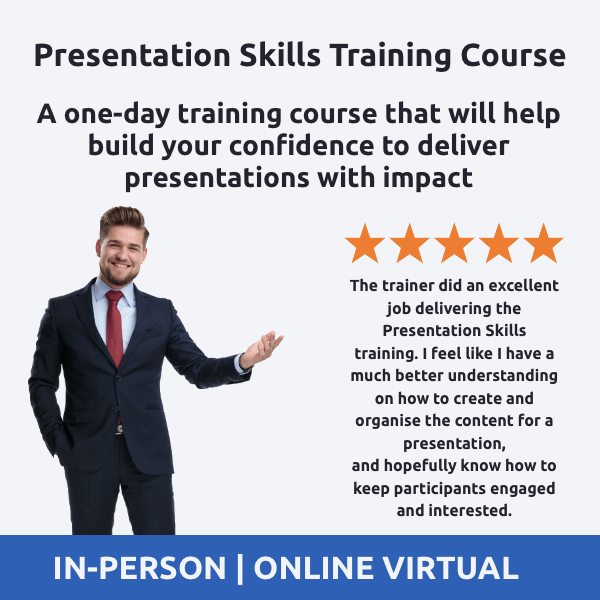Background
How to start a presentation with impact and get engagement from the get-go is a question that anyone who delivers presentations has asked themselves in the past. The start of the presentation is seen by many ask the most important part of the overall presentation, as this is where initial engagement is generated.
A presentation has three parts – the start, the middle and the end. This article looks at how to get maximum engagement at the start of a presentation using a model or structure called INTRO. This will help you to understand how to start a presentation.
Why Structure the Start of Your Presentation?
Nerves can sometimes get the better of us when delivering a presentation, so knowing exactly how to start a presentation and what you will do in the first few minutes can help you reduce your nervousness.
We also want to generate engagement immediately. The audience wants to know quickly what the presentation is about and what they will get from it. If the beginning of your presentation is confusing or not clear, the audience will quickly lose interest.
How to Start a Presentation
You can use the INTRO model to help start your presentation and give it some structure. INTRO stands for Interest, Need, Title, Range, and Objectives. Here is what it means and what to do at each stage.
The INTRO Model
Here is an overview of the INTRO model.
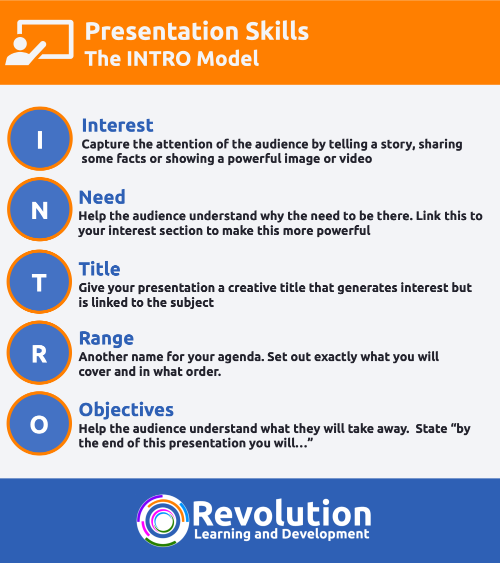
The INTRO model is a 4 step structure to put together the start of your presentation. INTRO stands for
- Interest
- Need
- Title
- Range
- Objectives
Here is what to do at each stage:
Interest
The first stage is to capture the audience’s interest and attention. Think of something you can do at the beginning of your presentation; for example, tell a story, use statistics, or show a short video clip or a powerful image. You want the audience to look at this, listen to what you have to say, and become captivated. Whatever you do must be linked to the overall content of the presentation.
Presenting yourself well is also something to consider here. You will need to consider your body language, tone of voice and the words you use.
Need
Why does your audience need to be there? What are the reasons why you have decided to do a presentation? One big reason audiences don’t engage with presentations is that they don’t always understand why they are there. Link the need to the interest and use statements such as ‘and this is why we are here today’.
Title
Give your presentation a title that is linked to the content. Sometimes avoiding the obvious can generate more interest. So, for example, ‘A Presentation About Sales Figures’ describes what you are about to present, but it’s not engaging, creative or indeed linked to the outcomes of your presentation. Try something like ‘How We Will Increase Our Sales This Quarter’.
Range (Agenda)
Ensure you cover the range of topics or the agenda. Build on your interest and need, and be sure to paint a picture of how your presentation will fit together and help with the need.
Objectives
What are the objectives of the presentation? Help the audience understand what they will get from the presentation and will take away with them. Start your objectives with a statement such as ‘by the end of this presentation, you will…’ then create objectives for your presentation. Use words such as know, be able to, have the knowledge, understand etc. Let them see that there is some value to your presentation, and that the presentation is a good use of their time.
Conclusion
Structuring the start of your presentation can help reduce nerves, increase your confidence levels and engage the audience more quickly. It’s worth taking the time to think about how to start a presentation to make sure your presentation is a success.
Further Learning
If you would like to learn more about how to start a presentation and presentation skills, then a presentation Skills training course can help. Take a look at our Presentation Skills Training Training Course for more details.
